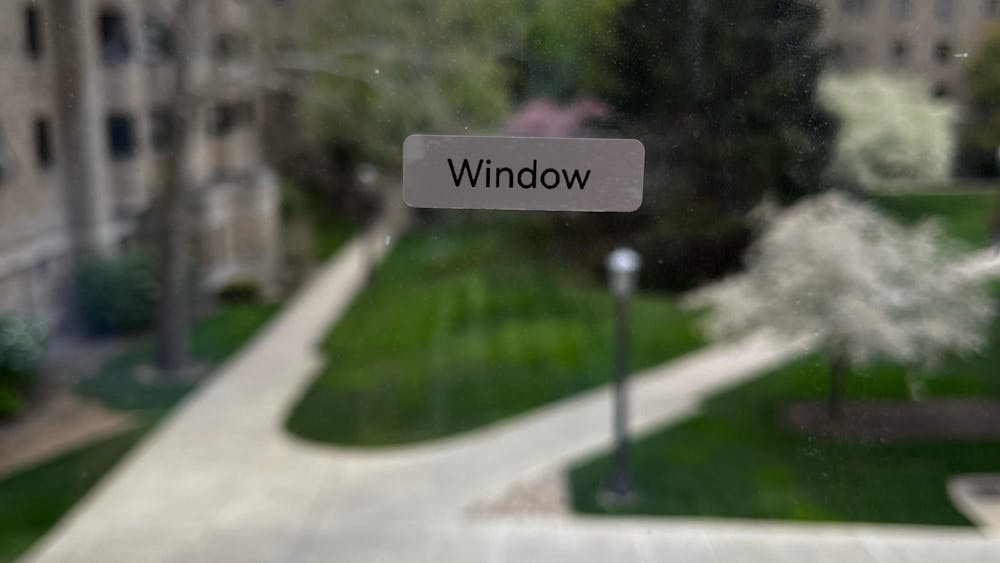Chances are that if you follow a Prius long enough, you will end up at a farmer’s market, indie movie theater or startup company’s headquarters, which is comprised of far too much glass and “repurposed materials.” While trucks, SUVs and sports cars have all enjoyed the role of representing specific populations for decades, the Prius has come to stand for an entirely new group of people: Yuppies. What began as a relatively risky and unpopular move by Toyota has evolved into much more than a simple hybrid vehicle. The Prius has come to be one of the most prolific cultural symbols of the decade, carrying with it an incredible weight that speaks volumes about its drivers.
To an outsider, a Prius would appear to be a rather unremarkable car. Moderately sized and neutrally colored, its first impression hardly differs from any other mid-sized, sedan-type car. In fact, many have claimed that the Prius is far worse-looking than its supposed counterparts like the Camry or Corolla. Its peculiar hatchback stands out and differentiates it from more conventional cars in a way that some have called unaesthetic in the slightest. However, due to the combination of its hybrid nature, targeted marketing and steeper prices, the Prius quickly leaves its inferior counterparts in the dust...or rather, a low-emissions electric field silently emitted from its tailpipe.
It is evident throughout American culture that a Prius represents far more than a simple mode of transportation, as most other cars do. While its basic physical attributes are far less unique or spectacular as other symbolic vehicles (e.g. Hummers, Porsches, etc.), its cultural significance is perhaps the greatest. If asked to describe Prius drivers in one word, nearly every American could answer with ease. Across the nation, the Prius has become a symbol for environmentalism and “being green,” but in a socially acceptable way that the mainstream tolerates. Purchasing a Prius is just radical enough, but still comfortable for the culs-de-sac and four-car garages across the land.
Yet, in spite of this breach into mainstream America, the Prius still remains on the fringes, for its connotations and accompanying myths are deeply ingrained in the nation’s psyche. Many Prius drivers perpetuate and embrace these connotations by slapping on "Obama 2012" and "Coexist" bumper stickers, tossing their reusable grocery bags next to the $350 car seat in the back and cranking up Steve Inskeep on Morning Edition as they sip their Peet’s coffee on the commute. Such patterns of behavior are only widespread in limited areas of the United States, specifically in or near urban areas. But this is where the Prius flourishes. Sure, they’re tolerated by Expedition-driving neighbors in smaller towns throughout the fifty states, but Priuses truly live their lives to the fullest when driven by unabashed yuppies.
The Prius has come to represent an entire subculture of American citizens. A Prius signifies affluence, but not in the same way a Mercedes or BMW does. The affluence of a Prius driver is recent, conscious, “hip.” A Prius signifies youth, but not in the same way a beat-up Craigslist car or a mom’s hand-me-down minivan does. Prius drivers are young parents, young professionals and usually successful. A Prius signifies white people or “trendy minorities;” Asian-Americans and mixed race Gap-commercial types most definitely fit the stereotype while poor blacks and Latinos are never associated with the car. A Prius signifies liberal, “sustainably-minded” folks who care about things like organic food, half marathons and the Keystone Pipeline.
The Prius represents other, darker elements of society as well. As the signature vehicle of yuppie culture, it serves as a representation of its flaws as well as its attributes. As previously mentioned, the Prius is largely reserved for the rich. It is the epitome of gentrification and the changing demographics and economics of America’s cities. While it is not as excruciatingly blatant as a Range Rover or a Bentley, the Prius, in spite of its socially conscious persona, is a sign of the increasing income disparity in the U.S. — the ever-growing gap between rich and poor as the middle class slowly erodes.
Like other symbols of subculture that have broken the seal into the mainstream, the Prius is evidence of progress. The fact that anything in the United States symbolizes environmental consciousness, among many other things, is encouraging in itself. Despite its flaws, yuppie culture embodies elements of idealism, sustainability and consciousness that are important to the future of both our country and world. These and other elements, through the power of cultural symbols and universal codes, are embodied by the Prius: yet another example of the undeniable power that “things” have in our cultural landscape.
Sarah Morris is junior studying political science and American studies. She is a proud Ryan Hall wildcat and originally hails from Monterey, California. She can be reached at smorris8@nd.edu













